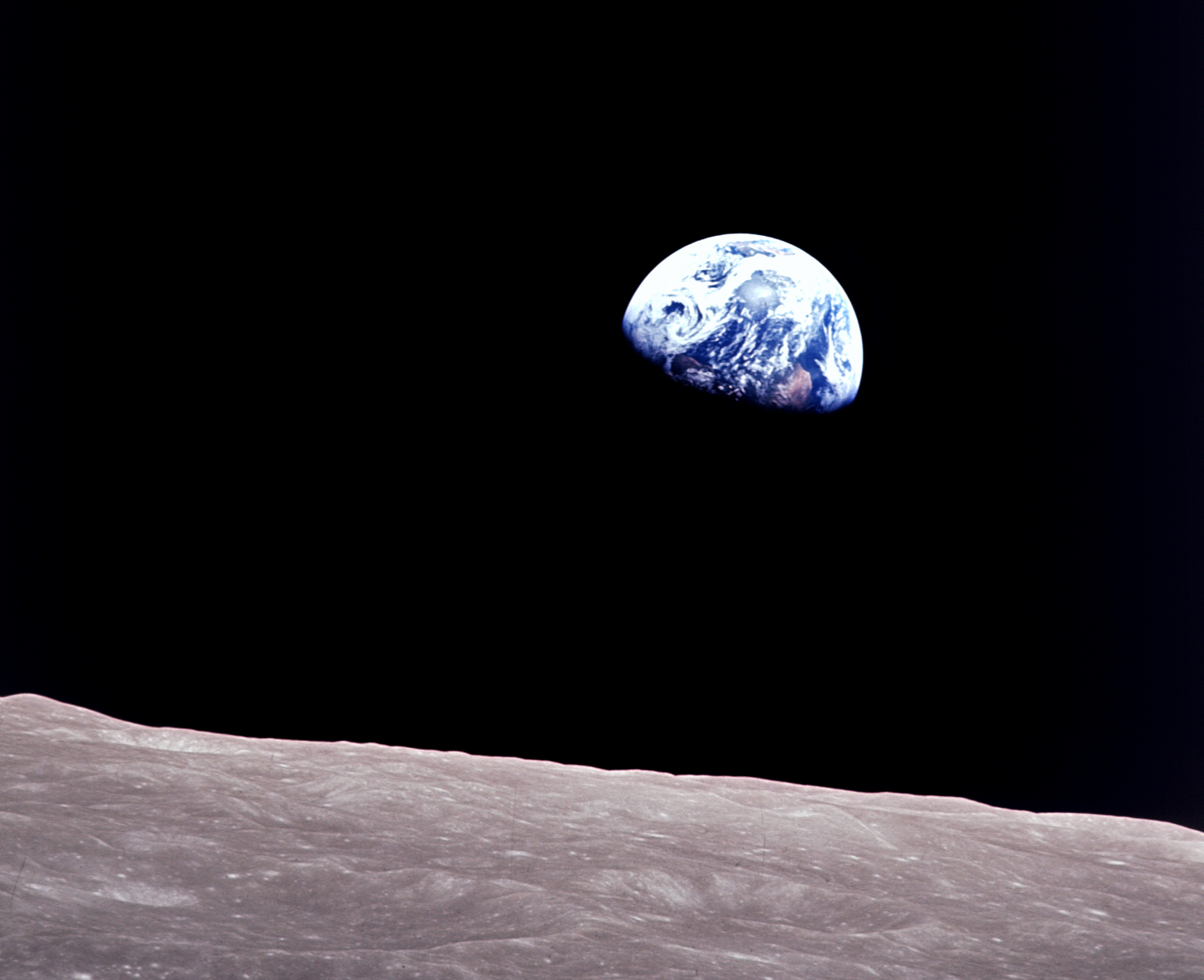Our newest addition, the knitted Riverbed blanket, is inspired by rivers running through the patchwork pastures of agricultural regions. Where the natural world meets the built environment parallels how we struggle to reconcile contemporary ways of living with the wisdom of the land.
Developed with new knitting outfit Hatch & Make on Wurundjeri Country aka the Yarra Valley, Riverbed is our most luxurious blanket so far, made from 100% merino wool. Producing this blanket is a way for us to scope opportunities to support the regenerative wool movement in Australia. And because Riverbed is made from all-natural fibres, it can be composted at the end of its useful life, returning its nutrients to the soil.
 The colours of water and pastures in bold blue and deep green sit in contrast to the constructed starkness of black and white.
The colours of water and pastures in bold blue and deep green sit in contrast to the constructed starkness of black and white.
Looking at the Sunshine Coast hinterland from a height informed the design of the Riverbed blanket, which uses rich colours and textures to reflect native forests and waterways meeting built infrastructure, like pastures and solar farms.

By using joins and intersections in panelling and stitching, the Riverbed blanket explores the questions, 'How can we as humans better meet the needs of the natural environment? How can we benefit, rather than detract from, plants, wildlife and our ecosystems?’
Attitudes that place the human outside of, and more important than, other creatures and living beings (including trees and arguably bodies of water) falsely enable a sense of control over the incomprehensible magnitude and interconnectivity of natural systems. These attitudes, if left unchecked, will lead humanity to its own demise because people are inextricably linked to, indeed are but a mere part of, the natural world.
We’re looking at some antidotes to the attitudes of exceptionalism, superiority and entitlement that underpin current approaches to the linear paradigm (ie extraction, manufacturing, consumption and discarding). Here's three ways we've found to help reframe our relationship with nature.
 Robin Wall Kimmerer photographed by Matt Roth
Robin Wall Kimmerer photographed by Matt Roth
Robin Wall Kimmerer on treating all living beings as entities
Seeing the natural environment including land, water and all creatures as entities to be in conversation with, is an approach that Robin Wall Kimmerer explores in her work. Kimmerer has a foot in two words, being a scientist and a Potawatomi woman, merging her botany training with ancient knowledges. Through a beautiful and generous meandering through mosses, grasses and edible plants in various regions of USA, one of her books, Braiding Sweetgrass, is a scientific and personal reflection on managing and nurturing these relationships.
In the book, Kimmerer shares principals for ‘The Honourable Harvest’, which can be applied to foraging but potentially other dynamics in which one ‘takes’, including, ‘ask for permission before taking’, ‘take only what you need’, ‘never take the first, never take the last’, and ‘give a gift in reciprocity for what you have taken’, to name just a few.
 ‘Earthrise’ by NASA. Taken aboard Apollo 8 by Bill Anders
‘Earthrise’ by NASA. Taken aboard Apollo 8 by Bill Anders
Astronauts on the transformative ‘overview effect’
Zooming out, far out, like into space, is another perspective of how the interconnectivity of all things was born. In 1968, a photograph of the whole earth was taken by an astronaut on Apollo 8, and sent to earth. The repeatedly reported experience of hanging out in orbit is known as ‘the overview effect’, and is characterised by a transcendence of separation – literally seeing the unity and interactivity of the biosphere as one.
Like-images from the Apollo missions are said to have inspired the environmental movement of the 1970s, when earthlings saw these photographs themselves and it sparked a collective epiphany that the earth is in fact but one organism. Though told through the predominantly western white male perspective, the short film ‘Overview’ captures this transformative shift in self-concept and values from seeing earth from a distance.
 Janine Benyus. Image: Liu Lectures by Stanford University
Janine Benyus. Image: Liu Lectures by Stanford University
Janine Benyus on biomimicry and reflecting nature’s ways in design
Coming back to earth, it’s listening to and observing the ways of plants, animals and the land that offers myriad clues to how we can work together, rather than at odds, with ‘nature’. Biologist Janine Benyus, who spearheads the biomimicry movement, shares design principals in this fantastic podcast on biomimicry with conversationalist Krista Tippett.
In its design ethos, which has inspired Seljak Brand from inception, biomimicry includes looking to nature as a model or exemplifier, a way to measure success and a mentor for improvement. Non-human nature knows best how to create conditions most conducive to life because it’s been evolving for so much longer. Therefore, to design and build to thrive it’s about asking, ‘what would nature do here? What would nature not do here. Why?’.
 Texture is celebrated through Riverbed’s knitted construction, using ribbing to emulate the depth of various landscapes.
Texture is celebrated through Riverbed’s knitted construction, using ribbing to emulate the depth of various landscapes.
There’s no question that collectively we need to rethink how we think about the living world and our place within it. ‘Saving the planet’ is not a mission to be relegated to activists, ‘green’ companies and government departments – rather, it’s about fostering a deeper understanding of what human survival depends on to create transformational change in dominant societies and economies.
If you’re inspired by how concepts such as regarding other living beings as entities, the overview effect and biomimicry informed our design process, you can check out the Riverbed blanket here.


